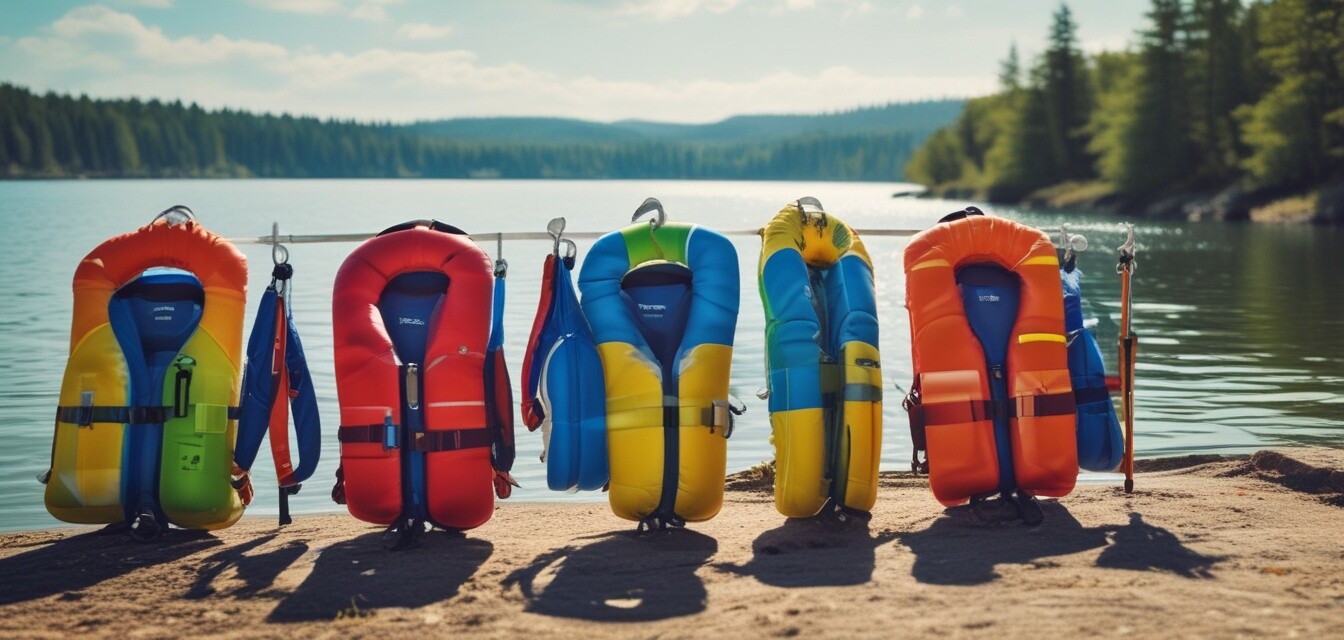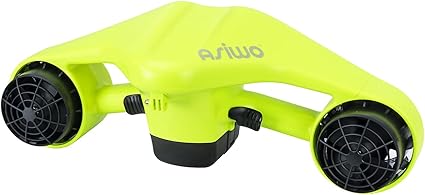
Some links on this website are affiliate links. If you make a purchase through these links, we may earn a commission or you may receive a discount, at no additional cost to you. This helps support our site.
Please also note that Artificial Intelligence (AI) may have been used in the research, content generation, and design of this website. Our aim is to enhance your experience, and we strive for accuracy and transparency in all information presented.
How to select the right life jacket for your kids
- Choose a life jacket that fits snugly and securely.
- Consider your child's age, weight, and swimming ability.
- Look for features such as grab straps and reflective materials.
- Ensure the life jacket is USCG-approved for safety.
- Remember to teach your child about water safety regardless of jacket suitability.
When planning your family outings to the lake, safety should always come first, especially when it comes to your children. Selecting the right life jacket is crucial not only to ensure their safety but also to enhance their enjoyment while participating in water activities. But how do you choose the best life jacket for your kids? This guide will walk you through the key considerations, features to look for, and helpful tips to ensure your kids are safe and comfortable on the water.
Understanding life jacket types
Before you start shopping for life jackets, it’s important to understand the different types. Life jackets are designed with varying levels of buoyancy and are suitable for different activities. Here's an overview of the main types:
| Type | Description | Ideal For |
|---|---|---|
| Type I | Offshore life jackets, providing maximum buoyancy; ideal for all waters. | Open waters, rough seas, prolonged survival time. |
| Type II | Nearshore vests, designed for calm waters and quick rescue. | Calm lakes, easy to toss the kids back to safety. |
| Type III | Floatation aids that offer comfort and freedom of movement. | Active water sports like swimming or kayaking. |
| Type V | Special use jackets for specific water activities. | Water skiing, jet skiing, or other activities requiring special features. |
Key factors to consider when selecting a life jacket
Now that you have a basic understanding of the types of life jackets, let’s explore what to consider when making your selection:
- Fit: Ensure the life jacket fits snugly around your child's body. With the jacket on, it should not rise above their ears or slide off when lifted by the shoulders.
- Weight and Size: Always go for a jacket that matches your child's weight and size. Most life jackets have weight categories listed on the label.
- Material and Comfort: Look for life jackets made of soft and lightweight materials, which will provide comfort during extended wear.
- Safety Features: Features like reflective strips, whistle pockets, and grab straps add an extra layer of security.
- Approval: Make sure the jacket is certified by the US Coast Guard (USCG) which guarantees safety and compliance with regulations.
Teaching children about water safety
A life jacket is a critical part of your child’s safety, but it’s also vital to teach them about water safety. Here are some tips on how to educate your kids:
- Explain the importance of wearing a life jacket at all times when on or near the water.
- Teach them how to float and tread water in case they accidentally fall in.
- Discuss the dangers of running by the water and playing near the edge.
- Encourage them to swim with buddies and stay within designated swimming areas.
Finding the perfect fit
Finding the right fit for your child’s life jacket is essential. Follow these steps to ensure a proper fit:
- Measure your child's weight – weigh your child in their swimwear.
- Try the life jacket on – zip and buckle it, ensuring it fits snugly without being too tight.
- Test movement – allow your child to move their arms and waist to ensure flexibility.
- Check the buoyancy – it should lift your child’s chin and not their face out of the water.
Where to buy life jackets
Finding life jackets for kids is easier than ever, especially online. You can check out our towable tube section for accessories that often include life jackets. Popular retail stores, specialty sporting goods shops, and online marketplaces can also offer a great selection. Be sure to read customer reviews and look for reputable brands for quality assurance.
Tips for maintaining a life jacket
- Rinse with fresh water after each use to prevent saltwater or chlorine damage.
- Store it in a cool, dry place away from direct sunlight.
- Regularly inspect for wear and tear, including broken straps or damaged fabric.
- Follow the manufacturer's care instructions for cleaning and maintenance.
Conclusion
Choosing the right life jacket for your kids is essential for their safety and comfort during lake outings. Remember to prioritize fit, safety features, and comfort, and don't forget to teach your children about water safety. With the right preparation and gear, you can ensure a fun and safe day on the water for the entire family.
Pros
- Ensures child safety during water activities.
- Available in various colors and styles that kids love.
- Promotes awareness of water safety in children.
Cons
- Can be uncomfortable if not fitted properly.
- May be skipped in warmer weather despite safety recommendations.
- Some cost more than basic models.
